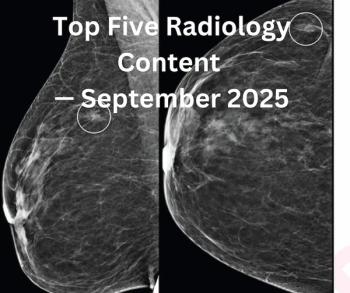
Researchers work out kinks in coronary artery polar maps
Polar maps of the coronary arteries that provide information regarding morphology and patency in a single image could potentially speed up diagnosis. But the technology still has some bugs in it, according to research presented at the European Congress of Radiology.
Polar maps of the coronary arteries that provide information regarding morphology and patency in a single image could potentially speed up diagnosis. But the technology still has some bugs in it, according to research presented at the European Congress of Radiology.
A polar map resembles a penny that's been squashed by a train: The distance north and south is shorter compared with the longitudinally stretched east and west. A world map with this configuration is able to depict its entire contents on one side, although the representation becomes a bit unrealistic at the edges.
Polar maps of the coronary arteries suffer from the same spatial distortion.
"The problem is that the near vessels are displayed bigger than the farther vessels, particularly around the pole areas and the sides," said lead investigator Dr. Felix Schoth.
As the technique improves, however, it will allow for faster diagnosis, as curved multiplanar reformatted or volume-rendered images of the coronaries are time-consuming to produce, he said.
Schoth and colleagues from Aachen University Hospital in Germany performed a standard CT angiography exam on 10 subjects with a 16-slice scanner (120 kVp, 550 mAs). Image reconstruction was performed at 60% of the R-R interval.
A newly developed algorithm provides a maximum intensity projection of the myocardium including the coronary arteries in 3D polar coordinates. The aortic valve acts as the North Pole.
The images are then "unfolded" into two dimensions as planar projection polar maps. Visibility of the coronary arteries was rated on a scale from 0 (not visible) to 3 (good visibility). Visibility was good proximally, fair medially, and poor distally.
The ratings were as follows:
- LAD proximal 2.4, medial 2.2, distal 1.4
- RCA proximal 2.1, medial 1.9, distal 1.3
- RCX proximal 2.4, medial 1.8, distal 1.3
Stents and coronary calcifications were displayed accurately, but the ventricles had poor contrast, Schoth said.
For more information from the Diagnostic Imaging archives:
Newsletter
Stay at the forefront of radiology with the Diagnostic Imaging newsletter, delivering the latest news, clinical insights, and imaging advancements for today’s radiologists.


























